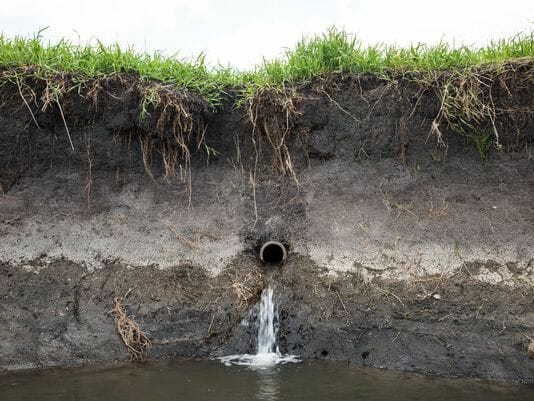In early 2018 the Iowa Legislature took a step in addressing Iowa’s water quality with a plan to reduce nitrogen and phosphorous levels by 45 percent. Kelsey Kremer/The Register
It seems like Iowans have feuded over water quality since farmers began draining the swampy prairie more than a century ago to turn it into some of the most fertile farmland in the world. On Tuesday, legislators agreed to send the governor a bill committing $282 million to water quality initiatives over the next 12 years, breaking a gridlock that had stretched over three sessions.
But what’s the all the fighting really about? Here’s what we know about Iowa’s long-runing problem with contaminated water:
What’s the harm?
Runoff from farmland, caused by storms and tiling, is sending nitrates and other chemicals into Iowa’s waterways, which cause a host of problems downstream. Elevated nitrates in drinking water — a persistent problem in Iowa — have been linked to a host of health concerns, including birth defects, cancers and thyroid problems, dozens of health studies say.
Full article: Iowa’s water quality problems: What you need to know
More about upstream/downstream issues:
SCOTUS: Upstream States to Reduce River Usage, Aid Downstream States in Drought
U.S.A. and Mexico agree to share a shrinking Colorado River
The Valley floor is sinking, and it’s crippling California’s ability to deliver water

